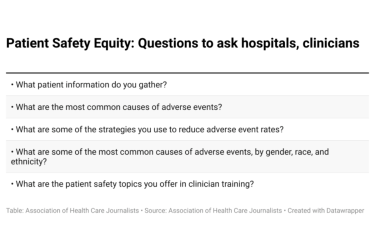
Calling upon the nation’s oral health providers to do their part in addressing a national opioid crisis that claims an estimated 115 lives a day, the American Dental Association (ADA) has endorsed statutory dosage and seven-day duration limits on opioid prescriptions for the treatment of acute pain.
In a recent announcement, the professional group, which represents more than 161,000 dentist members*, also supported mandatory continuing education to inform dentists about evidence-based opioid prescribing practices.
The ADA encouraged dentists to register with and participate in state-run prescription drug monitoring programs established to prevent substance abuse by tracking patients’ prescription histories. “… I call upon dentists everywhere to double down on their efforts to prevent opioids from harming our patients and their families,” said ADA president Joseph P. Crowley, D.D.S., in the statement. “This new policy demonstrates the ADA’s firm commitment to help fight the country’s opioid epidemic while continuing to help patients manage dental pain.”
Dentists often prescribe opioids for acute, or short-term, pain associated with toothaches and treatments such as extractions and root canals.
Dentists wrote 6.4 percent of all opioid prescriptions in the United States in 2012, according to a study in the April issue of the Journal of the American Dental Association (JADA). The opioid prescription rate per 1,000 dental patients increased in recent years from 130.58 in 2010 to 147.44 in 2015, concluded the study’s authors, who analyzed private insurance databases. The most significant increase was among 11- through 18-year-olds, the researchers noted.
Opioid addiction often begins with a routine prescription for pain relief, and clinicians should instead consider safer, non-addictive medications, public health leaders have stressed.
Combinations of ibuprofen and acetaminophen can serve as effective alternatives for acute pain management, noted the authors of another paper, an overview of systematic reviews, also published in the April JADA.
“Opioid medication and medication combinations are not among the most effective or long-lasting of the options available for relief of acute dental pain,” the authors of the paper noted. “The large set of published research reports summarized here suggests that relief of postoperative pain in dental practice with the use of nonsteroidal anti-inflammatory drugs, with or without acetaminophen, is equal or superior to that provided by opioid-containing medications.”
Nearly two million Americans over the age of 12 either abused or were dependent upon prescription opioids in 2014 according to the Centers for Disease Control and Prevention, which in 2016 issued evidence-based pain management guidelines when prescription opioids are used to treat chronic and acute pain.
“When opioids are used for acute pain, clinicians should prescribe the lowest effective dose of immediate-release opioids and should prescribe no greater quantity than needed for the expected duration of pain severe enough to require opioids. Three days or less will often be sufficient; more than seven days will rarely be needed,” the guidelines said.
As of April, at least 28 states have enacted legislation that sets opioid prescription limits, according to a new report by the National Conference of State Legislatures.
Massachusetts passed the first such measure in 2016. Among the provisions of that act was a seven-day supply limit for first-time opioid prescriptions, according to the NCSL report.
*This post has been updated based on new information from the ADA.








